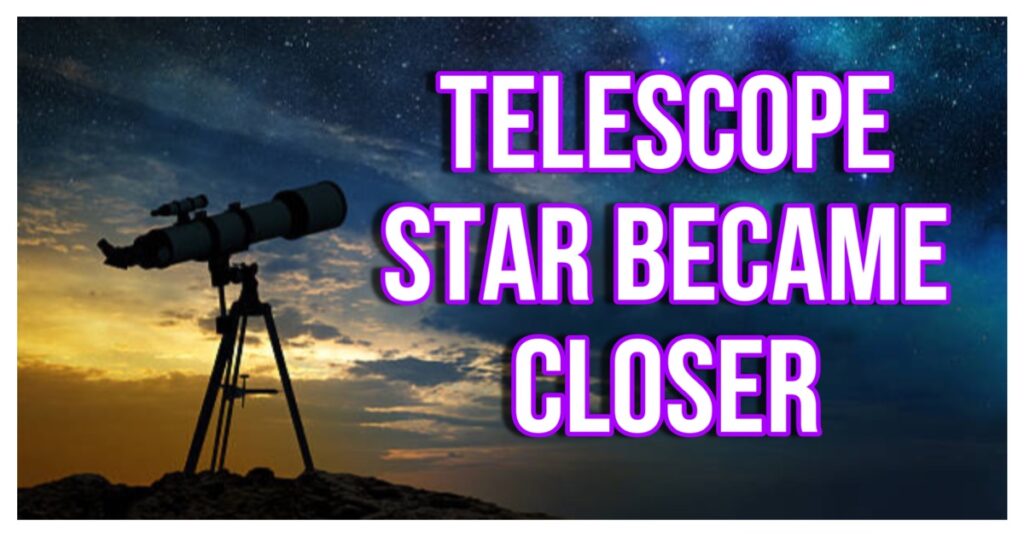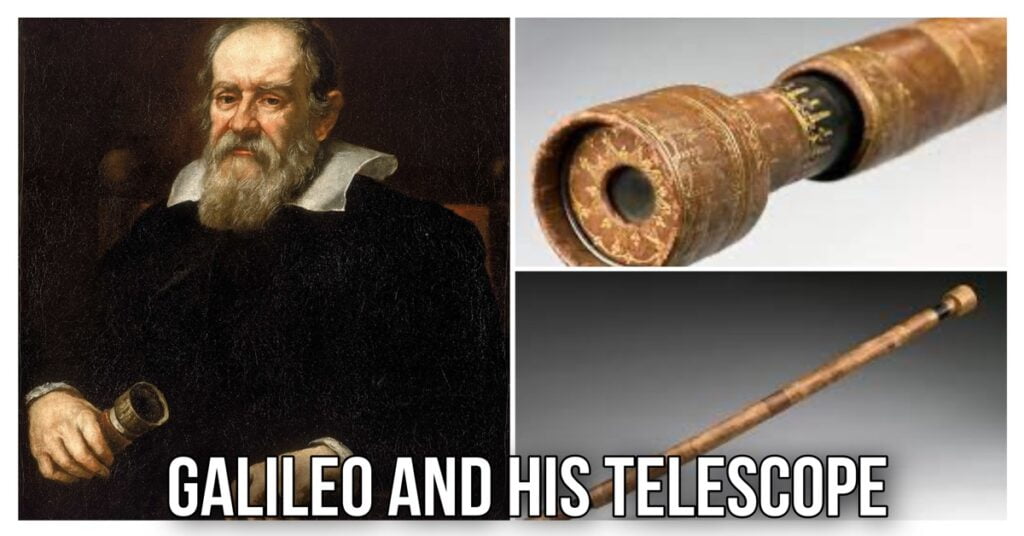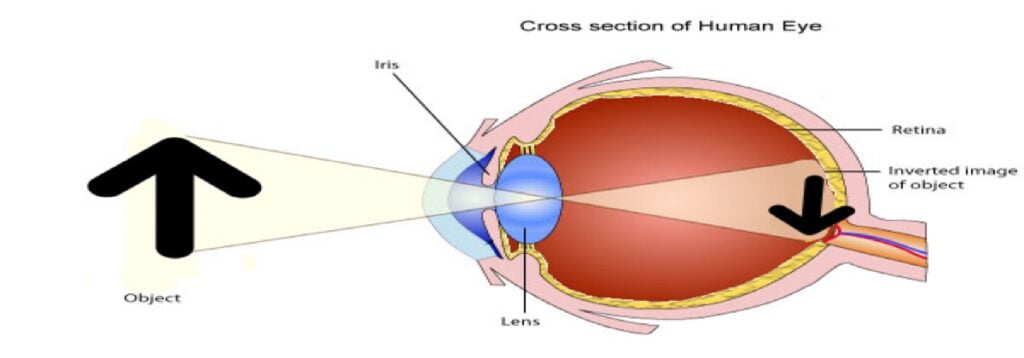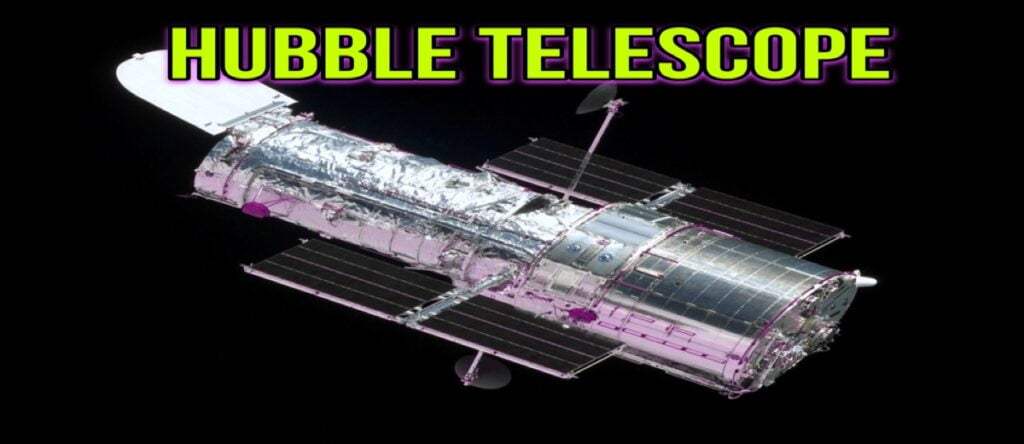Telescope is a device that is used to observe distant objects by its emission of light, absorption, or reflection of electromagnetic radiation. It is a powerful instrument that helps astronauts to explore the wonders of the night sky and it provides a stunning view of celestial objects like stars, planets, etc. In this article, you will get

- How telescope works and the type of telescope
- Most powerful telescopes in the world
- what is the factor you must consider before you purchase a telescope
History of telescope
In the 17th century, a Dutch eyeglass maker Hans Lippershey invented the first telescope in 1608.
After that, Galileo Galilei, an Italian scientist, made a telescope and started using it for astronomy in 1609.

He made a breakthrough by observing the Moon’s craters, discovering Jupiter’s four largest moons, and providing evidence for the heliocentric model of the solar system. These are the achievements of Galileo.
As innovation and science increased their strength rapidly telescopes became so powerful. The James Webb Space Telescope (JWST) is a powerful telescope in 2023 which is made by three space agencies NASA, European Space Agency, and Canadian Space Agency.
Working principle of the telescope
There are three major factors working inside a telescope
- How human eye can see an object?
- How objects are seen through the lens?
- what is the arrangement of lenses in a telescope?
These three factors easily explain the telescope working principle
How human eye can see an object?
An object can reflect or absorb light. If it absorbs all light, it appears black and is not visible to the human eye in the dark.

However, during the day, it may still be visible due to the surrounding light. When light reflects off an object, it enters the eye and creates an inverted image inside the eye and after processing in the brain, allows us to see the object.
How objects are seen through lenses?
There are two types of Lenses
- Concave Lens- In this lens light rays are convergent. It is used to correct nearsightedness( the people who can’t see near objects or have a problem with reading books).
- Convex Lens- here light rays are divergent. It is used to correct farsightedness(those who have a problem looking at distant objects).
some notation used in the above pic
- Center of curvature(C1) – It is the center of the imaginary sphere of a lens.
- RADIUS of curvature (R)– It is the radius of that imaginary sphere of the lens.
- Pole – It is the center of the lens.
- Principal axis – It is a straight line that connects with the center of curvature and pole.
- Focus– it is the point on the principal axis when two paraxis rays meet at the principal axis at a single point after reflection.
- Focal Length– It is the distance between the pole and focus of a lens.
- Aperture – It is the outermost part of the lens. A small aperture helps in focusing on a smaller object but in the case of a larger aperture mostly useful in portrait mode picture taking.
Above nomenclature, you see every sector where the lens is used. According to the object distance and adjusting the focal length we can see an image. Nowadays the auto adjusted focus has been introduced in cameras.
How Lens are arranged in a telescope?
In general, there are two lenses used in a telescope. One is the objective lens which is larger than the other lenses. It collects a large amount of light that comes from distant objects and made an image at the focal point of the eyepiece lens.
This secondary lens or Eye lens magnifies the image created by the objective lens and allows the viewer to see the magnified image.
What are the IMPORTANT FACTORS of a telescope?
Before choosing a telescope must consider these points.
Focal Length – This is the distance between the pole of the telescope lens and the radius of curvature. The longer the focal length higher will be the magnification but the narrower the view.

Aperture: It refers to the size of the telescope lens. Greater the Aperture more light it can gather and give better image quality.
Magnification: It means how much a lens enlarges or magnifies the object’s size. It depends upon the focal length and the eyepiece used.
Mount: A sturdy mount is the most important thing to keep the telescope steady during use. It is not easy to focus on a single point without a mount.
Optical Quality: The telescope’s optics, like its lens or mirror, affect the image’s quality.
Portability: It can easily transfer from one place to another.
In short, what you must consider before you buy a telescope are aperture, focal length, magnification, mount, optical quality, and portability.
2023 POWERFUL TELESCOPE in the world- the JAMES WEB TELESCOPE
In 2023 Most powerful telescope in the world is James Webb Space Telescope (JWST). This is a project which is completed by NASA, the European Space Agency (ESA), and the Canadian Space Agency (CSA).
It is the upgrade version of the Hubble Telescope. James Web Telescope can easily detect infrared rays.
The James Webb Space Telescope (JWST) is designed to observe the universe in the infrared spectrum.
It allows it to see through dust and gas clouds that can block visible light. The telescope has a primary mirror that is 6.5 meters (21.3 feet) in diameter, making it the largest mirror flown in space.
This large mirror is one of the key factors that make JWST so powerful and capable of studying the early universe, the formation of stars and galaxies, and the atmospheres of exoplanets.
Types of Telescope
- Refracting Telescopes: In this observatory, lenses are used to bend or refract light to focus the image.
- Refracting telescopes are known for providing crisp, clear images, making them great for observing planets and stars.
- Reflecting Telescopes: In this telescope, a curved mirror is used to reflect light to focus the image.
- Reflecting telescopes uses a mirror at the bottom of a short and wide tube to reflect light and form an image.
- It is more affordable than other types of telescopes and is great for observing celestial objects.
- An eyepiece is located on the side of the telescope for you to look through and see the image.
- Catadioptric Telescopes: In this telescope, both mirrors and lenses are used to see an object. Here both factors reflect and refract work to focus an image.
- It is compact, lightweight, and easy to portable.
Every observatory equipment has pros and cons. Reflecting and refracting both are good at some point but catadioptric is a combo of both techniques.
What is the Hubble telescope?
The Hubble Space Telescope is a large, space-based observatory that was launched into orbit by NASA in 1990.
It is named after American astronomer Edwin Hubble, who made groundbreaking discoveries about the universe in the early 20th century.

The Hubble Telescope has made numerous important discoveries since its launch, including the measurement of the expansion rate of the universe, the discovery of dark energy, and the observation of the most distant galaxies ever seen.
Its position in space allows it to observe the universe without interference from the Earth’s atmosphere, providing clear, high-resolution images of celestial objects.
The Hubble Telescope has been upgraded and maintained over the years and is expected to continue making groundbreaking discoveries for many years to come.
Top 7 powerful telescopes in the world
Here are 7 most powerful telescopes that observe The Universe:
- James Web Telescope- A Space-based telescope that observes the universe from L2 Lagrange Point. It can observe infrared region lights which are not visible to the human eye.
- Hubble Space Telescope: A space-based telescope that observes the universe in visible, ultraviolet, and near-infrared light.
- Keck Observatory: A ground-based observatory consisting of two 10-meter telescopes in Hawaii that observe visible and near-infrared light.
- Chandra X-ray Observatory: It is a space-based telescope that observes the universe in X-ray light.
- Atacama Large Millimeter Array (ALMA): It is a ground-based observatory in Chile. It consists of 66 radio telescopes that function simultaneously to create images of the Universe. It can observe millimeter and submillimeter wavelengths.
- Spitzer Space Telescope: It is a space-based telescope by NASA. It can observe the universe in infrared light.
Conclusion
The bigger the universe, the bigger the wonders. Astronomers and many people really want to know about celestial objects. they desperately want to know, and see celestial objects. A telescope is like the eyes of an astronaut.
If you are interested in astronomy and want to purchase observatory objects then you must know the factors which are mentioned above. what are the pros and cons of different types of observatory equipment?
The top 5 telescopes that are mentioned above are mostly placed in space. But what we are using at home to see celestial objects are refracting or a reflecting telescope which can be portable easily.
Recently on 28th March 2023, most of the people having observatory equipment definitely saw the incredible moment where all 5 stars get aligned.